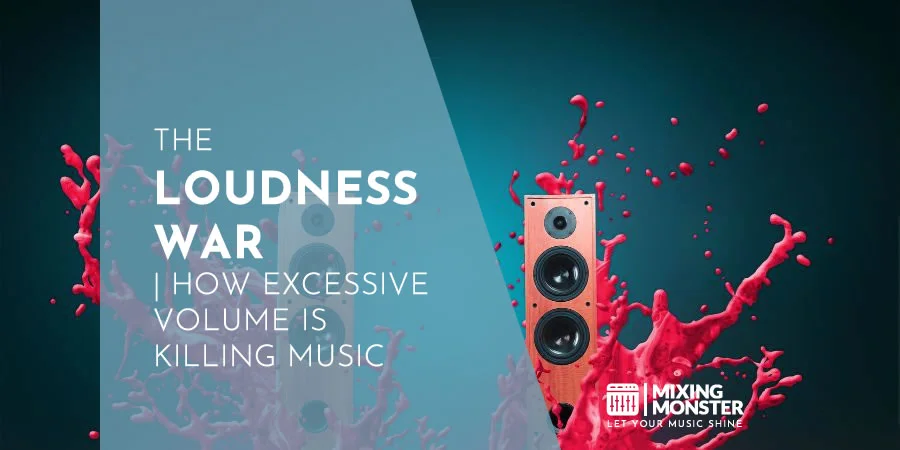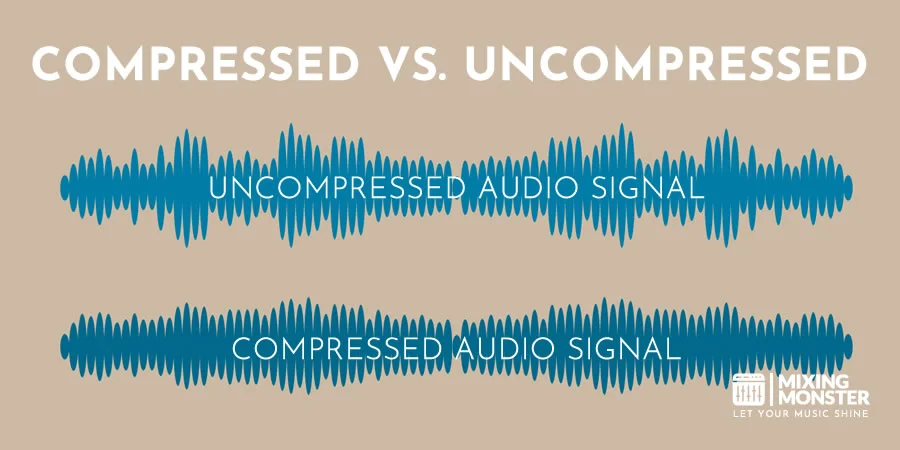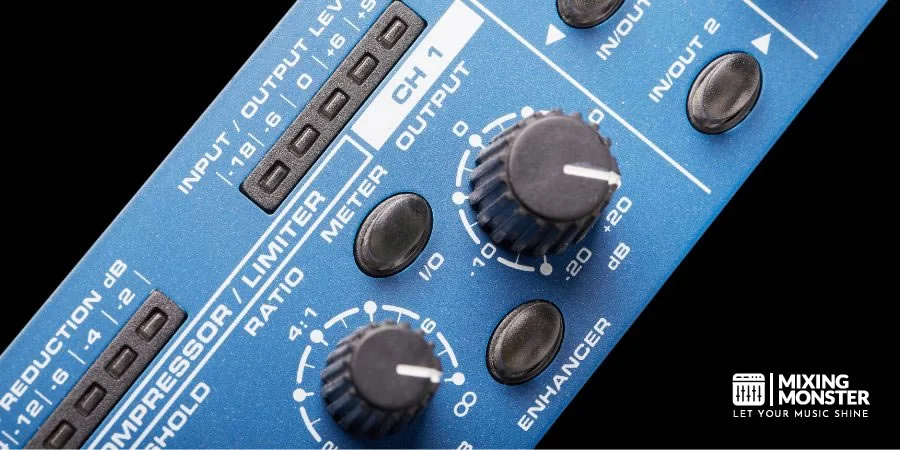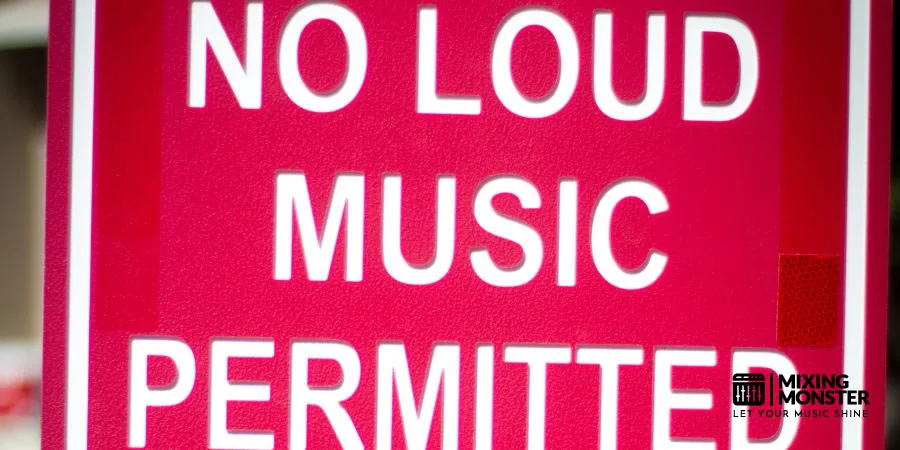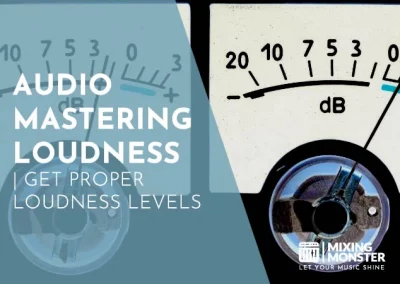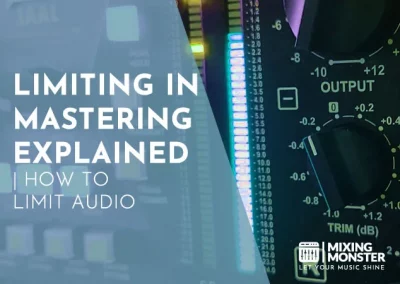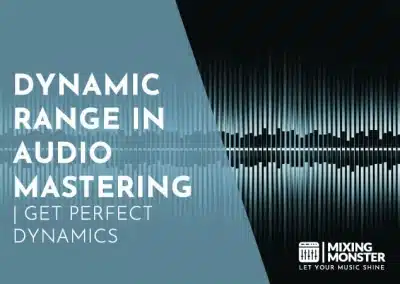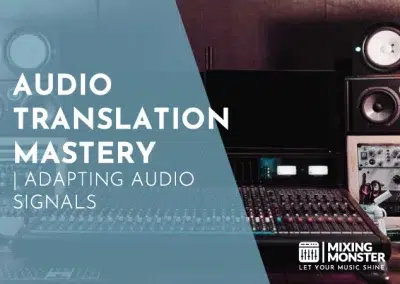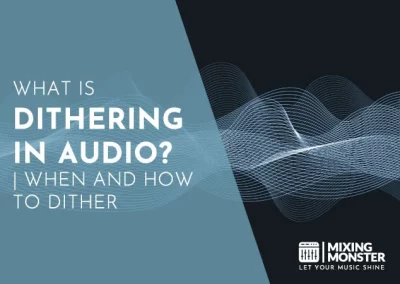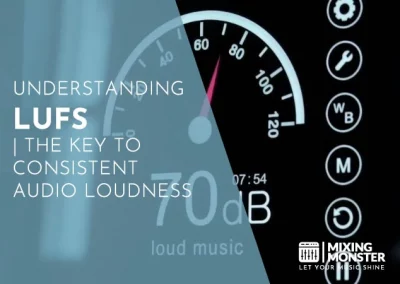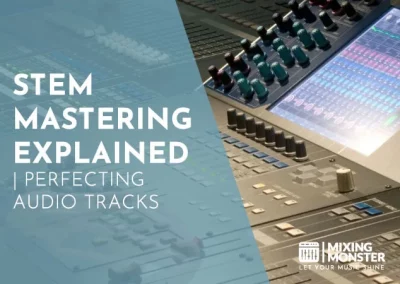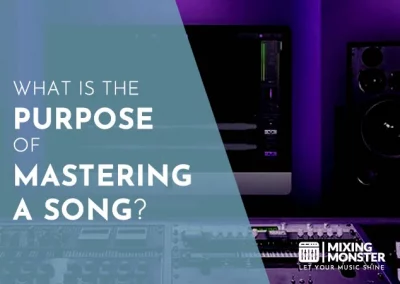Home > Blog > Mastering > Mastering Insights
In the world of music production, a trend has emerged known as “the loudness war”. This phenomenon involves maximizing the volume levels of recordings, often at the expense of dynamic range and sonic quality. While this technique can make a song sound louder and more impactful, it has also sparked debate among musicians, engineers, and music enthusiasts alike.
The loudness war is a phenomenon in music production where the goal is to make the loudest possible recording. This is achieved by using various techniques such as heavy compression and limiting. While this technique can make music stand out, it often comes at the expense of dynamic range and sound quality, leading to debates among musicians and listeners.
The loudness war has created a heated discussion among music professionals and enthusiasts about the impact of excessive volume on sound quality and listener experience. Let’s learn more about the loudness war and its impact on modern music!
Table Of Contents
1. Definition Of The Loudness War In Audio Production
2. Brief History Of The Loudness War
3. Effects Of The Loudness War On Music And Listeners
4. Technical Aspects Of The Loudness War
5. Examples Of The Loudness War In Music Production
6. Criticism And Backlash Against The Loudness War
7. Conclusion

1. Definition Of The Loudness War In Audio Production
The loudness war is a trend in audio production characterized by the pursuit of maximum loudness levels in recorded music.
It is achieved through the use of various techniques such as heavy compression, limiting, and equalization, which increase the perceived volume of a track.
These methods manipulate the dynamics of the music, reducing the difference between the loudest and softest parts of the track. The result is a heavily compressed and distorted sound, lacking in dynamics and sonic quality.
The loudness war has been ongoing since the advent of digital audio technology and has been fueled by the desire to make music stand out in a competitive market. Many music producers and engineers believe that louder tracks are more likely to grab the listener’s attention and make an impact.
The loudness war has received widespread criticism from musicians, engineers, and music enthusiasts who argue that excessive volume levels can lead to listener fatigue, reduced sound quality, and an overall negative impact on the listening experience.
In response to this criticism, a movement towards more dynamic and natural-sounding recordings has emerged, with some artists and producers advocating for greater dynamic range and less compression in their recordings.
Despite this, the loudness war remains a controversial topic in the music industry and continues to shape the way that music is produced and consumed.
2. Brief History Of The Loudness War
The history of the loudness war can be traced back to the early days of music production, where the goal was to create recordings with as much volume and clarity as possible.
However, the trend towards maximum loudness reached new heights in the 1980s with the introduction of digital technology and the rise of the CD format, which had a wider dynamic range than vinyl records.
Record labels and music producers began to push the limits of digital recording technology to create louder and more impactful recordings that would stand out on the radio and in music stores.
Heavy compression, limiting, and other dynamic range reduction techniques were used to increase the perceived loudness of the music.
The intentions driving the loudness war were mainly commercial. The music industry had become increasingly competitive, and record labels were looking for ways to make their artists stand out in a crowded market.
Louder recordings were believed to be more likely to grab the listener’s attention and make a lasting impact. As a result, many music producers and engineers began to prioritize loudness over other sonic qualities such as dynamic range and sonic clarity.
The trend towards maximum loudness continued into the 2000s with the advent of online streaming and the increased popularity of digital music formats.
In the years that followed, the loudness war intensified as recording technology advanced and competition in the music industry increased. This led to a situation where recordings became increasingly compressed and distorted, with very little dynamic range.
However, the negative effects of the loudness war on sound quality and listener experience have led to a growing backlash against excessive volume in music production. In recent years, there has been a renewed focus on producing music with more natural dynamics and sonic clarity.

3. Effects Of The Loudness War On Music And Listeners
The loudness war has had both negative and positive effects on music and listeners.
However, the negative effects of the loudness war have been the subject of much criticism in recent years, leading to a growing trend towards producing music with more dynamic range and sonic clarity.
Music producers and engineers are now focusing on restoring dynamic range and improving sound quality, leading to a renewed interest in vinyl mastering, high-resolution audio, and other techniques that prioritize sonic quality over loudness.
Positive Effects Of Increased Loudness:
- Increased Impact:
Louder recordings can have a greater impact on the listener, making the music stand out and more memorable. - Improved Perceived Loudness:
Increased loudness can make music sound better in noisy environments, such as in a car or at a club. - Competitive Advantage:
Louder recordings may help an artist or label stand out in a crowded market, potentially leading to greater commercial success.
Negative Effects Of Increased Loudness:
- Reduced Dynamic Range:
The heavy compression and limiting used to achieve maximum loudness reduce the difference between the loudest and softest parts of the track, leading to a lack of nuance and emotional depth in the music. - Listener Fatigue:
Listening to excessively loud music for extended periods can cause listener fatigue, leading to decreased enjoyment of the music. - Loss Of Sonic Quality:
The overuse of compression and limiting can result in a heavily compressed and distorted sound, lacking in clarity and detail. - Limited Artistic Expression:
The emphasis on loudness over other sonic qualities such as dynamic range and sonic clarity can limit the artistic expression of musicians and music producers.

4. Technical Aspects Of The Loudness War
The loudness is primarily achieved through the use of dynamic range compression, limiting, and other mastering techniques.
Dynamic range compression reduces the difference between the loudest and softest parts of the track, while limiting is used to prevent clipping or distortion caused by the increased volume.
These techniques are often applied during the mastering process, where a mix is prepared for release on various platforms.
Technological advances have played a significant role in the loudness war.
With the advent of digital recording and distribution, music can be made louder than ever before. Digital technology allows for precise manipulation of sound, making it easier for producers to apply compression, limiting, and other techniques to increase loudness.
Additionally, the loudness of a track can be measured using various tools, which has led to the development of standardized loudness targets for various platforms.
Technology has also made it easier for the music industry to compete for the listener’s attention. In the digital age, there is an abundance of music available, and producers and labels aim to make their releases stand out.
Louder music often catches the listener’s ear more easily, and so there is a perceived advantage in releasing music that is as loud as possible.
However, advances in technology have also made it easier to produce music with greater dynamic range and sonic clarity, and so there is a growing movement towards more balanced and nuanced music production.

5. Examples Of The Loudness War In Music Production
There have been many negativ examples of the loudness war in music production over the years, but some notable positive examples of artists who have pushed back against the trend as well:
-
Daft Punk’s “Random Access Memories”:
In 2013, the electronic music duo released “Random Access Memories,” which was praised for its use of dynamic range and lack of excessive loudness. The album was mixed with the intention of having a more balanced, natural sound, and it was a commercial and critical success. -
Metallica’s “Death Magnetic”:
Metallica’s 2008 album “Death Magnetic” was criticized for its extreme loudness and lack of dynamic range. The album was mastered at a very high volume, which caused clipping and distortion in some parts of the record. -
Red Hot Chili Peppers’ “Californication”:
The Red Hot Chili Peppers’ 1999 album “Californication” is another example of a record that was heavily compressed and limited to achieve maximum loudness. Some fans and critics argue that the excessive loudness detracted from the music’s impact. -
Oasis’ “Be Here Now”:
Oasis’ 1997 album “Be Here Now” is often cited as an example of the loudness war. The album was mastered at an extremely high volume, resulting in a distorted and compressed sound. -
Michael Jackson’s “Thriller”:
Although it predates the loudness war, Michael Jackson’s “Thriller” is an example of how the pursuit of loudness has been a part of music production for decades. The album was famously mastered at a high volume to make the music stand out on the radio and in stores.
These examples demonstrate how the loudness war has affected a wide range of musical genres and time periods. Luckily, more recent releases have shown a growing trend towards more dynamic and natural-sounding music production.
6. Criticism And Backlash Against The Loudness War
There has been significant criticism and backlash against the loudness war in recent years, with many musicians, producers, and listeners arguing that the pursuit of loudness has resulted in a loss of sonic quality and listener enjoyment.
Critics of the loudness war argue that the excessive loudness of modern music has led to a loss of dynamic range and musical nuance, resulting in a “brick wall” of sound that is fatiguing to listen to.
They also argue that the constant pursuit of loudness has led to a homogenization of music, with many tracks sounding similar due to the use of similar compression and limiting techniques.
Some notable critics of the loudness war include Bob Ludwig, a Grammy-winning mastering engineer who has worked with artists such as Led Zeppelin and Nirvana. Ludwig has been an outspoken critic of the loudness war, arguing that the pursuit of loudness has led to a loss of musicality and creativity in modern music.
Musician and producer Steven Wilson, known for his work with the band Porcupine Tree, has also been a vocal critic of the loudness war. Wilson has released several remastered versions of classic albums, such as Jethro Tull’s “Aqualung,” with increased dynamic range and sonic clarity.
Other musicians and producers who have spoken out against the loudness war include David Bowie, Jack White, and Radiohead’s Thom Yorke.
This has lead to a massive “rethinking” regarding audio loudness with some significant consequences:
In response to the criticism, some music streaming services and record labels have started to implement standardized loudness levels to ensure that music is not overly compressed or limited.
Additionally, there has been a growing movement towards more dynamic and natural-sounding music production, with some producers and artists actively seeking to avoid the loudness war and its associated techniques.

7. Conclusion
In conclusion, the loudness war in audio production has had a significant impact on the music industry and its listeners.
While the pursuit of loudness may have initially been driven by commercial pressures and technological advancements, it has ultimately led to a loss of sonic quality, musical nuance, and listener enjoyment.
However, the criticism and backlash against the loudness war in recent years have highlighted the importance of dynamic range and musicality in music production.
As a result, there has been a growing movement towards more natural-sounding and dynamic music production, with producers and artists seeking to avoid the loudness war and its associated techniques.
Ultimately, the loudness war has taught us that the pursuit of technical perfection should never come at the expense of artistic expression and musical creativity!


